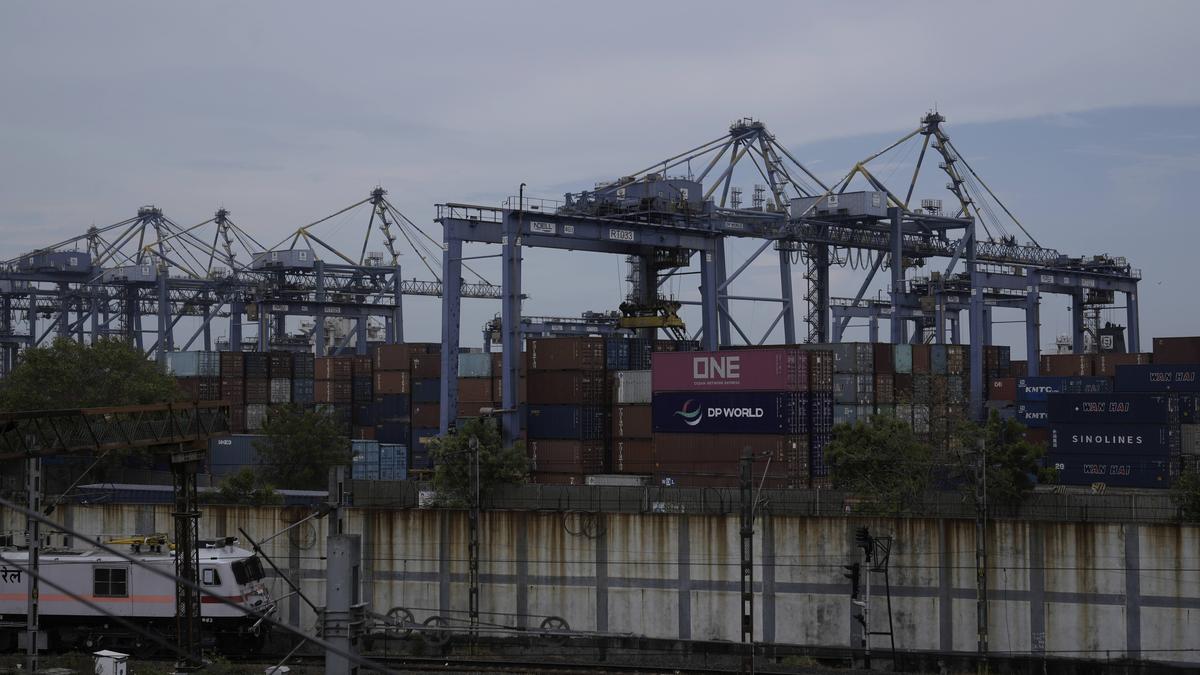
Chennai and Kamarajar ports cross 100 million tonnes of cargo handling
The Hindu
Chennai and Kamarajar Ports achieve historic milestone with over ₹2,200 crore income and 100 MMT cargo handling.
Chennai and Kamarajar Ports together have recorded an operating income of over ₹2,200 crore and crossed 100 million metric tonnes (MMT) of cargo handling, Sunil Paliwal, chairman, Chennai Port Trust and Kamarajar Port Limited (KPL), said on Thursday.
Describing it as a historic milestone, he said, “We are continuing to upgrade the existing infrastructure in both Chennai and Kamarajar Ports. Regarding Kamarajar Port, we keep adding capacity and improving connectivity and at Chennai Port we focus on better connectivity and storage.”
While Chennai Port handled 54.96 MMT, Kamarajar Port contributed 48.41 MMT for the financial year 2024-25. Both ports together have witnessed a growth of 6.7%.
Mr. Paliwal said, “Chennai Port is the second biggest major port for handling containers after Jawaharlal Nehru Port Authority in Mumbai, whereas Kamarajar Port is the energy port for this part of the country. At Chennai Port, the biggest growth has happened with containers. We have seen a 14.7% growth of containers in Chennai Port.”
While there was 14.7% of growth of container cargo at Chennai Port, the overall growth is 6.5%. This was attributed to a few reasons including shifting of some cargo to KPL and Krishnapatnam and also there was a bit of drop in handling cars as well.
JP Irene Cynthia,managing director, KPL, said multi-cargo had witnessed a significant growth of 45% at Kamarajar Port.
“Long term port for Chennai and this part of the country is going to Kamarajar Port. It has good connectivity and has potential to add further connectivity as there is more land available. We expect that growth will be more in Kamarajar Port and that it could be the main sea hub in this part of the country,” Mr. Paliwal added.

The Climate Incubation Hub will primarily focus on start-ups working in key environmental areas such as climate, nature and plastics circularity. This will include regenerative and climate-smart agriculture, waste-to-value technologies to reduce emissions, alternative energy and clean technology, bioenergy & biomass solutions, and more





















 Run 3 Space | Play Space Running Game
Run 3 Space | Play Space Running Game Traffic Jam 3D | Online Racing Game
Traffic Jam 3D | Online Racing Game Duck Hunt | Play Old Classic Game
Duck Hunt | Play Old Classic Game










